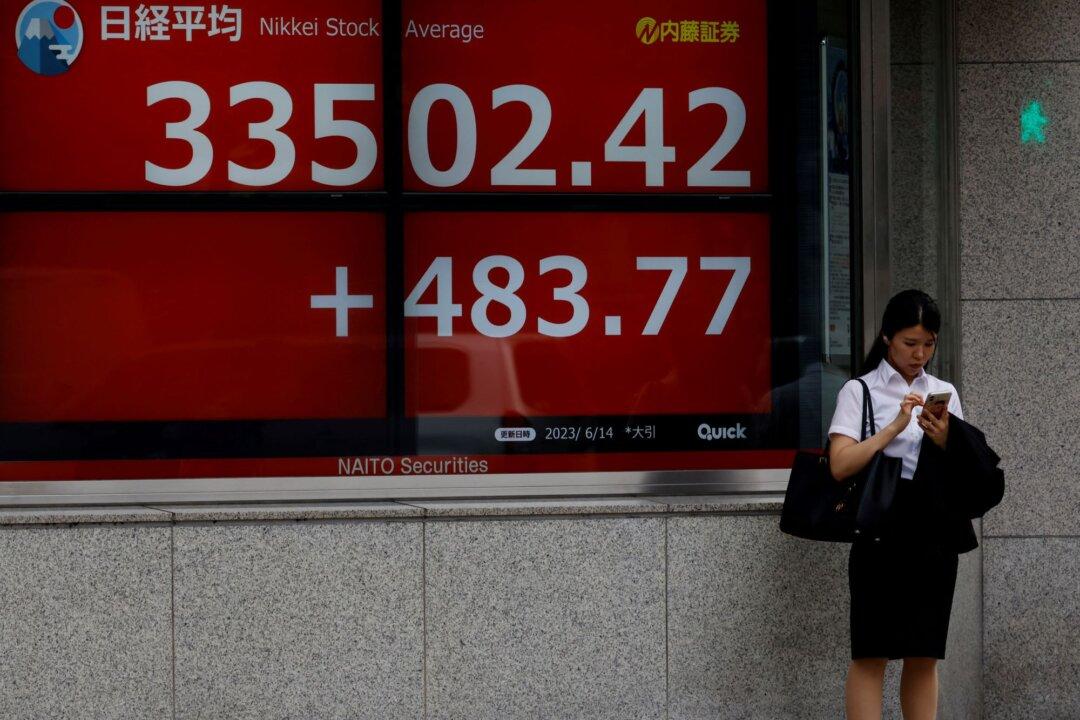LONDON—World share markets shuffled sideways on Thursday as investors looked ahead to a clutch of key central bank meetings next week and disappointing earnings from Netflix and Tesla pushed Wall Street futures lower.
There had been pockets of gains in Asia and in commodities markets overnight after China pledged some additional support for its economy although another slide in its tech stocks showed it was far from stellar.





